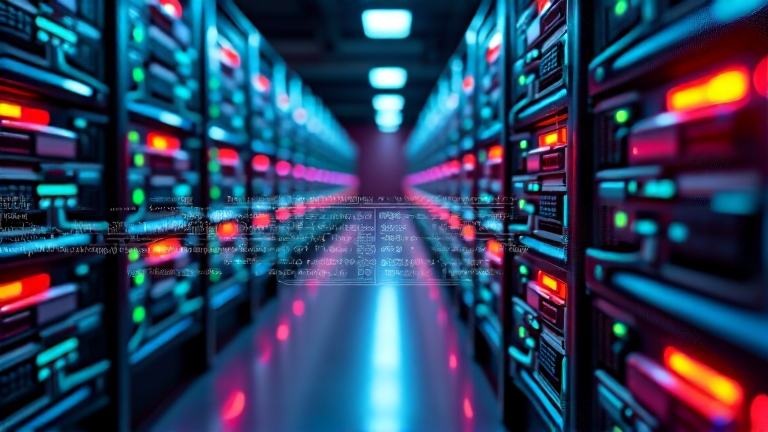
OpenAI's GPU Shortage: Delayed Rollout of GPT-4.5
On February 27, 2025, OpenAI unveiled their latest large language model, GPT-4.5, only to later reveal a significant operational challenge: a global shortage of GPUs has forced a delay in its full rollout. The issue, highlighted by CEO Sam Altman on X (formerly Twitter), underscores the growing demand for processing power in the AI industry.
The Story Behind the Delay
During a celebratory tweet about GPT-4.5's advanced capabilities, Altman shared his personal delight, stating that interacting with the new model felt like engaging in conversation with a thoughtful mentor. He recalled moments of unexpected wisdom, noting that GPT-4.5 provided advice that was both surprising and insightful. However, he also brought attention to the downsides:
- Size and Expense: GPT-4.5 is described as a giant, costly model, reflecting its advanced and resource-intensive design.
- GPU Shortage: The surge in popularity for AI applications has depleted GPU supplies, crucial for operating the model efficiently.
Altman explained that while the team had initially planned a simultaneous release for both ChatGPT Plus and ChatGPT Pro users, the diminished GPU availability meant that only a limited number of users could access the model at launch. Plans are in motion to add tens of thousands of GPUs in the upcoming week, which should facilitate a broader release to ChatGPT Plus subscribers.
Looking Ahead
This GPU shortage points to broader challenges in scaling advanced AI technologies. As demand continues to surge, organizations like OpenAI are rethinking their strategies and exploring ways to enhance their hardware infrastructure. The delay in GPT-4.5's rollout serves as a case study of how technological advancements can sometimes outpace supply chain and resource provisions.
Industry experts anticipate that such challenges will spur innovation not only in AI algorithms but also in the hardware that powers them, paving the way for more resilient and cost-effective solutions in the near future.
This development marks another pivotal moment for AI evolution, highlighting the intricate balance between breakthrough innovation and the practical constraints that accompany rapid technological progress.
Note: This publication was rewritten using AI. The content was based on the original source linked above.